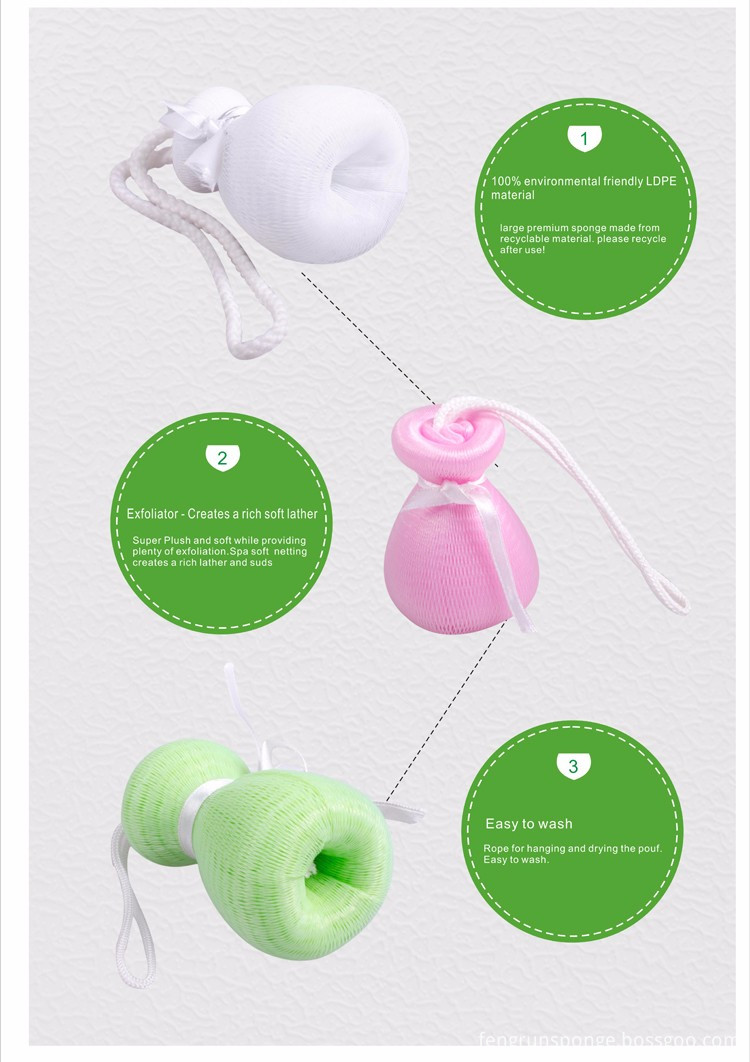Foreign food preservation packaging materials emerging
With the increasing awareness of food safety, research and development of new materials for food packaging in various countries have reached an unprecedented level, and new materials for food preservation packaging have emerged one after another.
Brazil has developed new materials that extend the shelf life of foods. Researchers at the Federal University of Viçosa, Brazil, have recently successfully developed a new type of food preservation packaging material. This new material allows foods to extend shelf life and reduce consumer preservative intake. This new material is a plastic film containing an antimicrobial agent that can gradually release preservatives into the food over a certain period of time. This will not only effectively ensure the quality of food, but also solve the problem of consumers' intake of more preservatives at the beginning of the shelf life. Researchers used bread and sausages to make satisfactory results. The bread packaged with this new type of packaging film still did not breed any microorganisms after 15 days of storage. At present, Brazil is using the same principle to test anti-corrosion plastic bottles and plans to develop natural preservative packaging materials in the near future.
Sweden developed IPR green packaging materials. A Swedish company has recently developed a new type of green packaging material called TPR. This packaging material is suitable for a variety of processing operations such as hot press molding, blow molding, injection molding and extrusion molding. According to reports, packaging foods with such packaging materials can play a role in antiseptic. This kind of TPR packaging material is made of calcium carbonate bonded with polyolefin by a special process. Its structure is very similar to that of egg shell. It contains 95% of calcium carbonate and the rest is polypropylene as adhesive. As the calcium carbonate resources are extremely abundant, the raw materials for producing such TPR green packaging materials are widely sourced, and their waste is not polluted to the environment.
Germany developed a non-adhesive multilayer barrier film. German scientists have recently developed a low-cost multilayer barrier film. Compared with conventional multilayer barrier films, the use of non-adhesive multilayer films significantly reduces production costs and improves product performance. The new technology uses adhesive and structural (or barrier) resin blends as raw materials to produce a three-layer plastic film with no adhesive layer, replacing the previous five- and seven-layer films. Non-adhesive layer barrier film is mainly used in milk packaging, can extend the shelf life of milk and prevent the contamination of milk.
(Shen Xueyou)
Source: China National Gate Times
All our factory area is 20,000 square meters , production and office building area is about 150,00 square meters, there are more than 200 staff and 20 technical researchers in our company, the annual turnover is more than RMB 100 million which help us be the top of cleaning manufactures in China.
The details using figure:

Facial Mesh Sponge,Face Washing Mesh Sponge,Facial Sponge,Mesh Facial Washing
FengRun Commodity Co.,Ltd. , http://www.sponges.nl